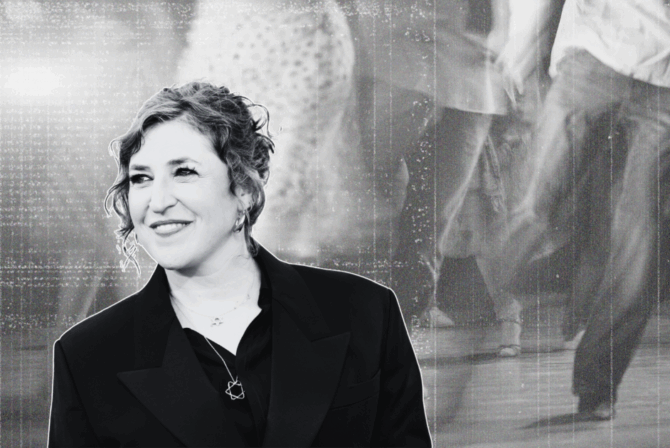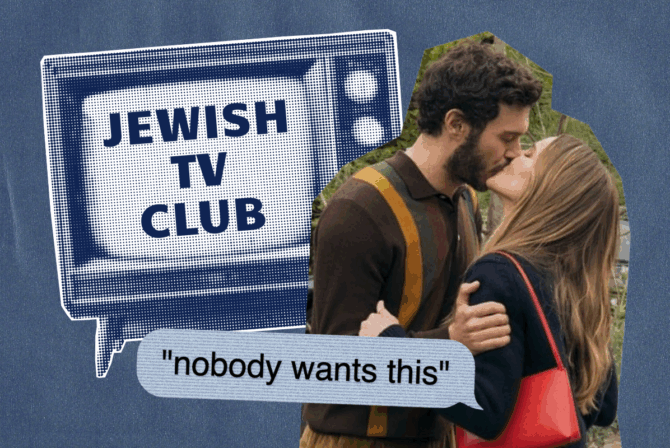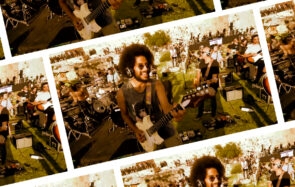If you’ve read a newspaper or flipped through a magazine recently, you’ve probably encountered articles touting or deriding the practice of meditation. For an activity that promotes mindfulness and relaxation, it sure elicits responses of either being proven for overall well-being or utter hokum. However, the benefits are trumpeted from Psychology Today to The Huffington Post. Studies have shown meditation can help relieve anxiety, increase concentration, and reduce stress. I have tried a variety of meditation activities because I seem to be on an endless quest for inner peace.
Several years ago, I attended a gong-meditation session, in which a spritely and earnest Gong Meditation Instructor placed metal bowls around me as I lay on a yoga mat. She walked around the room spinning and tapping bowls to create different tones. Aside from metal bowls, this also included drums, and as the genre suggests, gongs at the front of the room. This was supposed to be relaxing. But as the swirling volume increased, the combination of ringing bowls, drums, and the occasional gong hit felt more like lying dangerously close to an oncoming train. When I told friends I would be trying it, they asked how smashing gongs could possibly be transformative or meditative. It sounded loud. It was loud. It wasn’t a spiritual moment for me, but I wanted to try something unusual while attempting to be as nonjudgmental as possible.
READ: Mayim Bialik: Navigating Life as a Mourner
When my mom was battling cancer, I used guided meditation CDs for stress relief and to clear my head. This helped a lot. A lovely meditation instructor and studio owner named Ramaa gently guided me via CD to relax my body from my head to my neck to my spine down through my legs, and so on. She instructed me to allow my thoughts to float away like bubbles. During those 12 minutes, they did. Clearly, I need someone tell me what to do instead of trying to picture the scene. Using my imagination seemed to keep my brain working rather than chilling out.
Do you exercise? People say running is meditative, and I have actually had those moments, but they have been brief. When I trained for a half marathon, somewhere between four and seven miles, running felt really good. My body was in its forward motion, I had no pain or achiness, and my mind was clear. I seemed to run for the post-run endorphins more than for the run itself. But sometimes, I don’t feel like running. And once those endorphins have passed, I’m just plain tired—and hungry—the rest of the day. So, while exercise can be meditative, I can’t always find my Zen there either.
Recently, I attended a drop-in meditation session to get a sense of a group dynamic instead of meditating alone. An Om painting and silk screens of chakras adorned the walls of Ramaa’s meditation studio. People sat in a semi-circle on low meditation chairs and faced her. We began by relaxing the body as she asked us to return all ourselves—i.e. various roles in our lives including our wives, daughters, mothers, husbands, and sons—into this space so they occupy one singular body in that moment. She then retold the story of Jack and the Beanstalk and dissected it into many metaphors of spiritual ascendance (up the beanstalk) and returning down to earth to use the beans (or seeds of faith, of whatever manifestation you choose) to make the earth, your loved ones, and yourself happier.
READ: Why I Wrote a Book About Mindful Parenting
This was a clever way to use a folk tale to explain this concept, but I kept wondering about the golden goose eggs. Then I considered other folk tales that could be used as metaphors, but I digress, this wasn’t the point. As I sat in the semi-circle, I could picture myself climbing up a giant beanstalk but couldn’t imagine my spine as the beanstalk as it elongates and stretches to the heavens. I’m not even sure if that was what I was supposed to be contemplating. My eyebrows knotted as I attempted to choose a metaphor I was comfortable with. Ultimately, I found myself with eyes open and mind alert as I listened to the story. Ramaa also referred to the Hindu god Krishna talking to a fella from the Gita, which I know nothing about. I wasn’t necessarily uncomfortable with the Hindu references, since the class focused more on general faith and spirituality, but I realized I would prefer to use imagery I could personally connect to without having to know the backstory.
The end of the session included inhaling and exhaling with an “Ommmmm” three times. Everyone’s Om was a full exhale of sound, which sounded like prayer. With all the religious allegories, I wondered if Judaism had a meditation I could follow on my own that would keep me engaged and in more familiar territory.
I went to my rabbi and asked her if one can meditate Jewishly. According to her, in Jewish meditation, one follows the breath. In Hebrew, the word for soul is neshema and the word for breath is neshima. Two major meditation concepts—connected in Hebrew!
READ: Carla Naumburg on Mindful Parenting & Why It’s OK to Ignore Your Kid Sometimes
If one is searching for inner peace or mindful breathing, single words can easily be used for one’s own mantra. If you’re looking for more prayer, she suggested repeating lines of a psalm either out loud or in your mind.
After our conversation, I realized meditation was in my backyard the whole time. Talk about putting the om in shalom!







